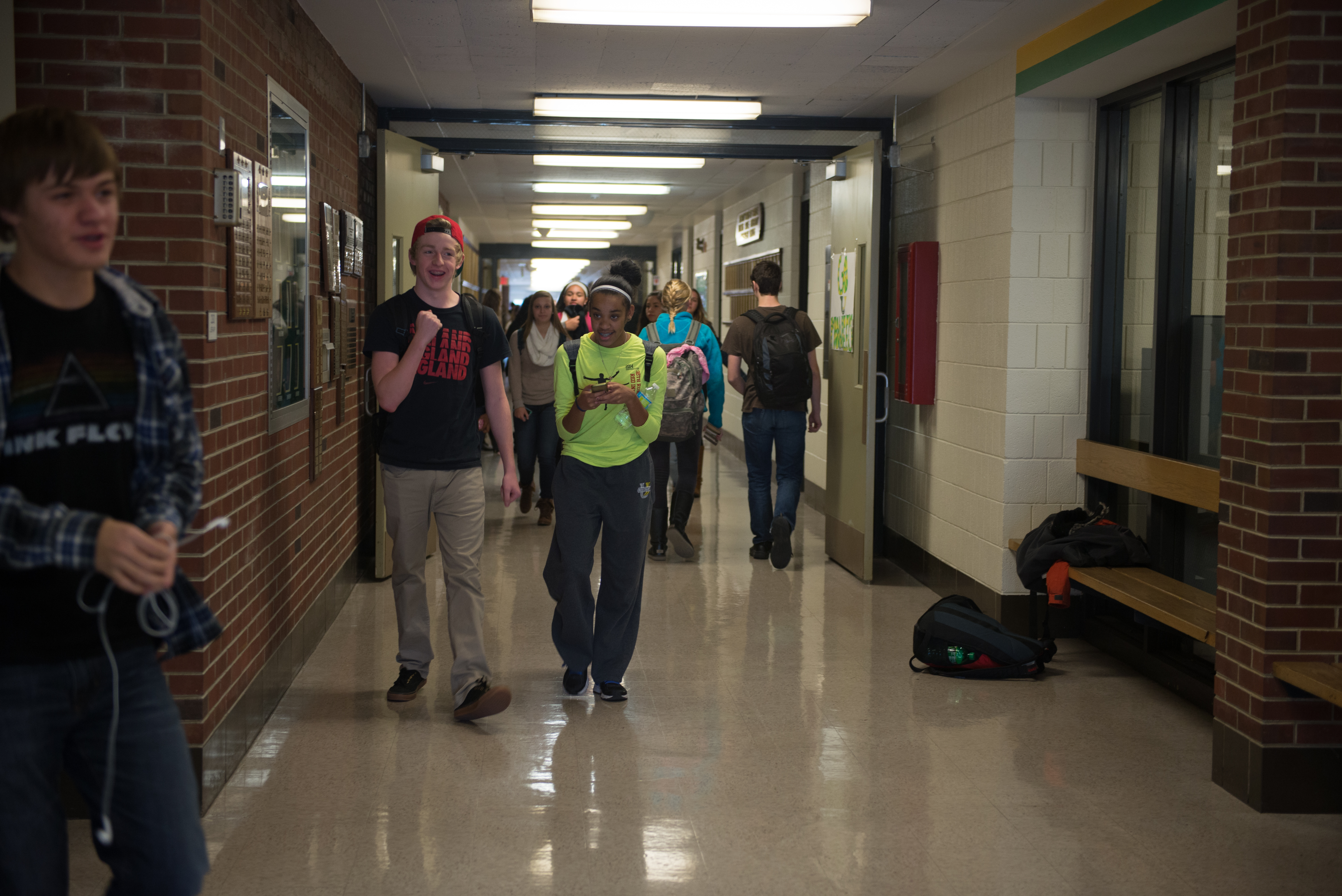The following resources focus on the educational climate and betterment of those serving the K–12 educational community.
Presidential candidates views on education: As the race to the White House continues, we need to hear more from all the candidates on K-12 public education. As a public education advocates, the following National School Board Action Commission (NSBAC) resource can be helpful to you.
Taxing structures of Illinois and our surrounding states: The Economic Policy Institute of Illinois created this helpful video clip. The full Illinois Economic Policy Institute report, “Revenue Solutions to the State Budget Crisis: A Comparative Evaluation,” is available at FixTheBudget.org.
Is there a better way to pay for America’s schools? (NPR, May 1). The answer requires that we do two things: explore the challenges to change, and spotlight a few ideas that could lead to a more balanced system.
USED seeks stakeholder feedback regarding ESSA guidance. Separate from our previous request for comments on potential areas for regulation under Title I of the Every Student Succeeds Act (ESSA), the U.S. Department of Education is seeking your input on areas of the law on which we could provide non-regulatory guidance to assist states, districts and other grantees in understanding and implementing the new law. Review guidelines and submit your comments by May 25, 2016.
Getting serious about college and career readiness : The Every Student Succeeds Act provides “real opportunity for states to build on the good work that’s been done” toward the goal of college and career readiness for all students, writes Matt Gandal, founder of the Education Strategy Group. But state leaders should be careful not to undo the work to raise academic expectations and establish an honest baseline of student readiness. If states make decisions “simply to appease noisy critics on the left or right,” then “it could set back progress considerably.”
School counselors face changing roles, growing need. The role of the school counselor has evolved dramatically over the years. Decades ago, they were primarily responsible for helping students choose a college and apply for scholarships. Now counselors are charged with supporting students with a wide range of needs, from forging academic and career paths to social and personal development. (St. Cloud Times, May 8).
Local education inequities across U.S. revealed in new Stanford data set (Stanford News, April 29). Almost every school district enrolling large numbers of low-income students has an average academic performance significantly below the national grade-level average, according to Stanford Graduate School of Education research based on a massive new data set recently created from more than 200 million test scores.
How school-community partnerships can create enrichment opportunities for kids. Can schools and community organizations come together to provide children with critical enrichment activities that enhance knowledge and expand horizons beyond core academics during the school day? A new report by Policy Studies Associates Inc. highlights some ways in which they might. The report describes the main elements of the ExpandED model and offers recommendations for school systems thinking about using it.
The hidden benefit of common core: High rates of college remediation, and the financial burden that accompanies them, is a pervasive problem, writes Douglas Holtz-Eakin, president of the American Action Forum. “The most effective way to improve achievement is to utilize educational standards… (Common Core State Standards) have been shown to be more rigorous and effective.” An American Action Forum report finds that if average National Assessment of Education Progress (NAEP) math scores had been 10 percent higher in 2003, 14.6 million more adults would have graduated high school and 10.3 million more would have obtained a bachelor’s degree.
It’s time to stop hiding behind graduation rates: Nicholas C. Donohue, the president and CEO of the Nellie Mae Education Foundation, discusses that although graduation rates continue to climb nationwide, many high school graduates are not fully prepared for college or a career. Donohue writes that, “Although graduation rates are up, as many as half of those in New England who enter post-secondary education are not fully ready for college-level work.”
9 out of 10 parents think their kids are on grade level. They’re probably wrong. Recently released polling data on public school parents’ perspectives on their children’s academic, emotional and physical well-being. One of the major findings shows that 90 percent of parents believe their child performs at or above grade level in reading and the same proportion feel that way about their child’s performance in math, compared to just over a third of students who are actually successfully meeting that bar according to the 2015 National Assessment of Educational Progress.
Achievement gaps and racial segregation: Research finds an insidious cycle (Education Week, April 29). Fifteen years of new programs, testing, standards, and accountability have not ended racial achievement gaps in the United States.

